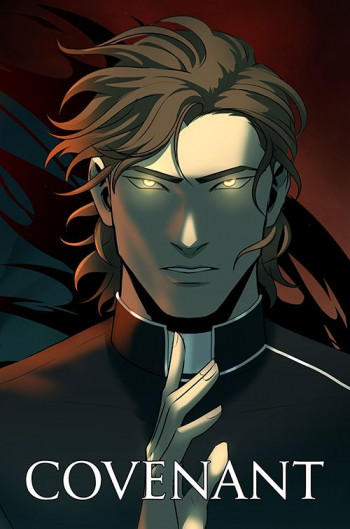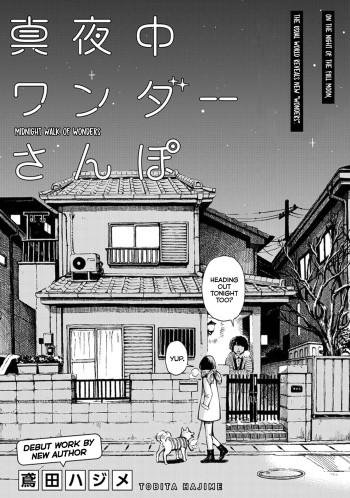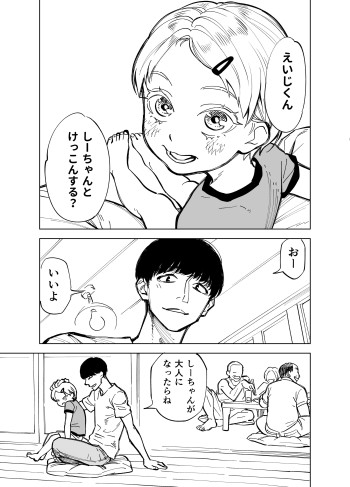P. C. Cast's Into the Mist is a compelling entry into the realm of speculative fiction, weaving together themes of empowerment, survival, and the complexities of human relationships in the face of catastrophic change. The narrative begins with a cataclysmic event that reshapes the world as we know it, unleashing chaos and destruction through a series of devastating attacks. The introduction of the green mist, which selectively alters women while annihilating men, sets the stage for a gripping exploration of gender dynamics and the potential for female empowerment in a post-apocalyptic landscape.
The story centers around a group of high school teachers, each endowed with unique abilities after exposure to the mist. This diverse ensemble—Mercury, Stella, Imani, Karen, and Gemma—serves as a microcosm of society, showcasing a range of personalities, backgrounds, and strengths. Cast excels in character development, allowing readers to connect with each woman on a personal level. Mercury Rhodes, the Warrior, embodies physical prowess and determination, while Stella Carver, the Seer, offers a glimpse into the future, creating a sense of foreboding that permeates the narrative. Imani Andrews, the Watcher, provides a grounding connection to nature, while Karen Gay, the Priestess, introduces a spiritual dimension that enriches the story. Finally, Gemma Jenkins, the young Healer, represents hope and resilience, having lost her parents yet finding strength in her newfound abilities.
One of the most striking aspects of Into the Mist is its exploration of female empowerment. As the men fall victim to the mist, the women rise to take control of their destinies. This shift in power dynamics is both refreshing and thought-provoking, prompting readers to consider the implications of a world where women are not only survivors but also leaders. Cast deftly navigates the complexities of this new reality, illustrating how the characters must confront their fears, insecurities, and the societal norms that have long dictated their roles. The narrative challenges traditional gender roles and invites readers to reflect on the potential for women to thrive in adversity.
The themes of trust and betrayal are also central to the story. As the group traverses the Pacific Northwest in search of safety, they encounter various factions and individuals, each with their own agendas. The tension between camaraderie and suspicion is palpable, as the women grapple with the reality that not everyone can be trusted. This element of the plot adds depth to the character interactions, highlighting the fragility of alliances in a world turned upside down. Cast's ability to create suspense through interpersonal dynamics keeps readers engaged, as they are left to ponder who will emerge as allies and who may become adversaries.
Moreover, the setting of the Pacific Northwest serves as a character in its own right, with its lush landscapes and treacherous terrains mirroring the internal struggles of the protagonists. Cast's vivid descriptions transport readers into this transformed world, where beauty and danger coexist. The natural environment becomes a source of both solace and challenge, reinforcing the connection between the characters and the earth, particularly through Imani's character, who embodies this bond. The mist itself, both a catalyst for change and a harbinger of doom, symbolizes the unpredictable nature of life and the resilience required to navigate it.
In terms of pacing, Into the Mist strikes a balance between action and introspection. The narrative is punctuated by moments of high tension, as the women face external threats, yet it also allows for quieter moments of reflection that deepen character development. This duality enhances the overall impact of the story, as readers are not only drawn into the thrilling escapades but also invited to ponder the emotional and psychological ramifications of their experiences.
Comparatively, Cast's work can be likened to other female-centric dystopian narratives, such as The Power by Naomi Alderman, which also explores themes of gender dynamics and societal upheaval. However, while Alderman's novel presents a more speculative and philosophical examination of power, Cast's approach is grounded in character-driven storytelling that emphasizes personal growth and resilience. Both authors challenge readers to reconsider the constructs of power and gender, but Cast's narrative is more immediate and visceral, making it a compelling read for those who enjoy character-focused plots.
Overall, Into the Mist is a thought-provoking and engaging read that resonates with contemporary themes of empowerment and survival. P. C. Cast has crafted a narrative that not only entertains but also encourages reflection on the nature of strength and the bonds that unite us in times of crisis. The characters are relatable and well-developed, making their journey both compelling and emotionally resonant. As the first installment in a series, it leaves readers eager for more, curious to see how these women will navigate the challenges ahead and what further transformations await them in a world forever altered by the mist.
For those interested in exploring a narrative that combines action, character depth, and social commentary, Into the Mist is a must-read. It is a powerful reminder of the strength that can emerge from adversity and the importance of solidarity in the face of overwhelming odds.
























Reviews 0
Post a Reviews: